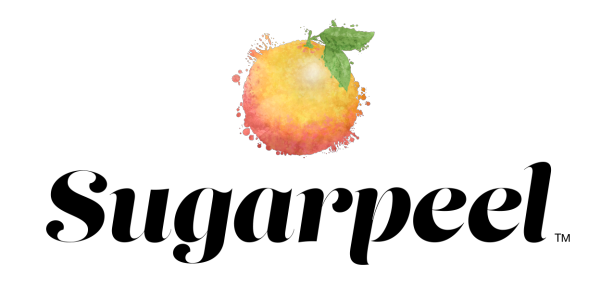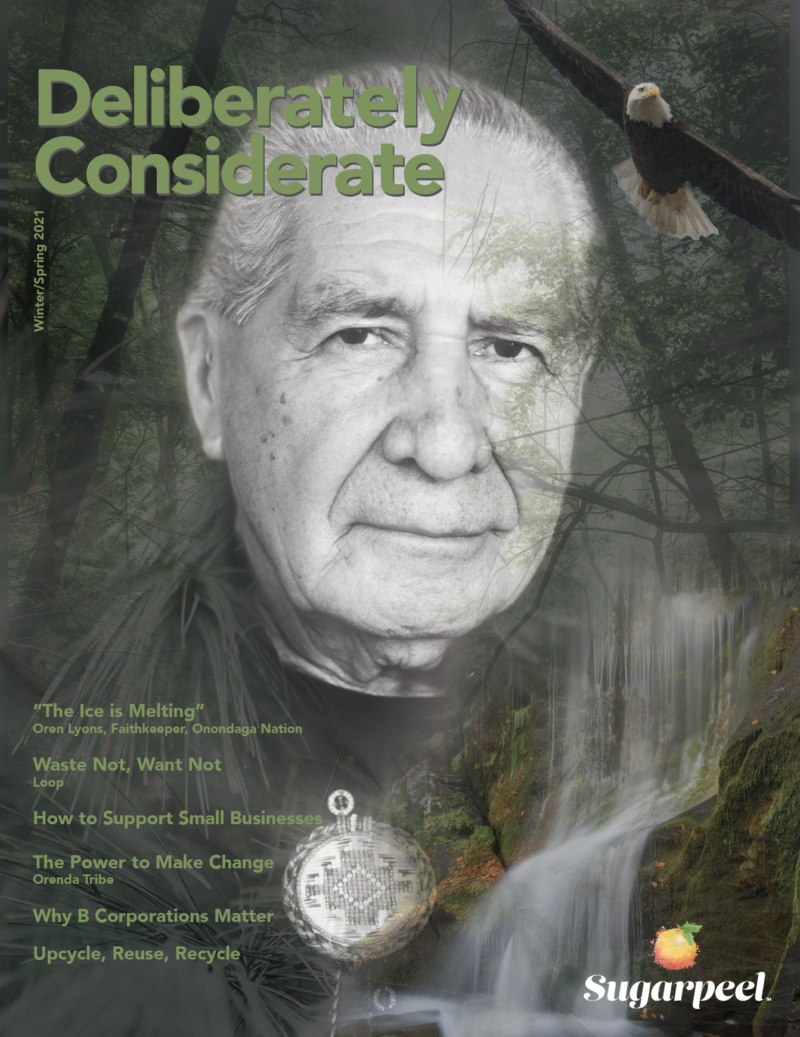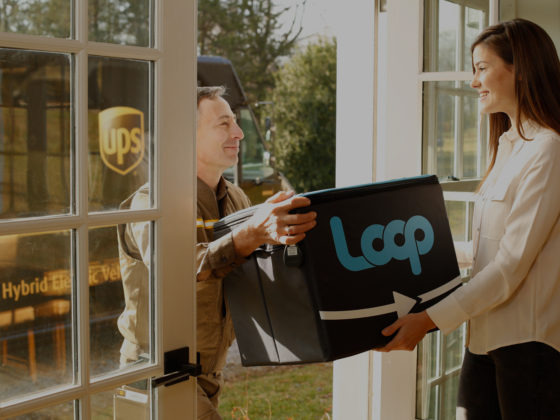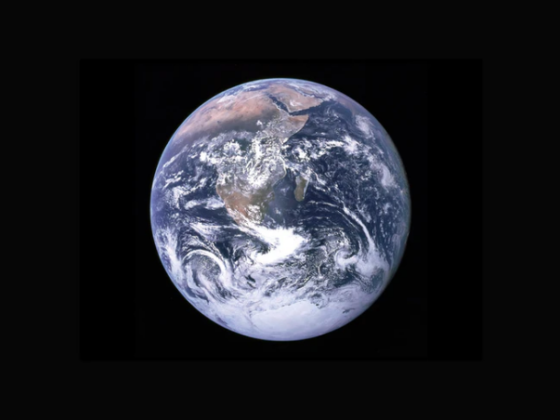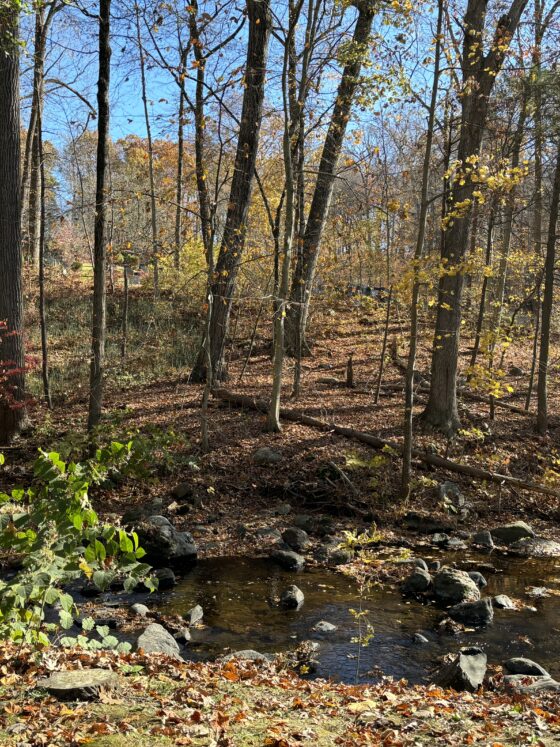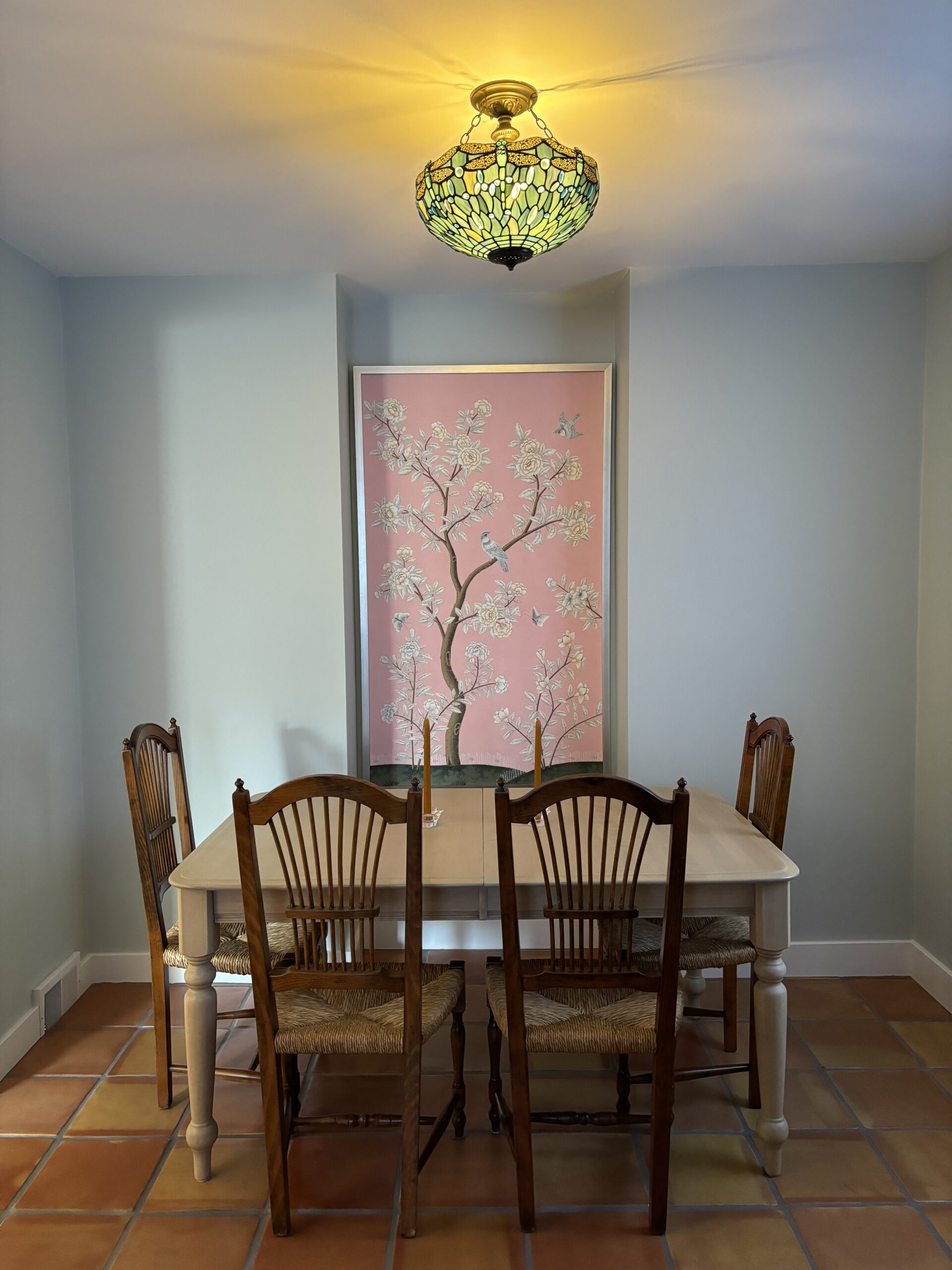In 1985 the United Nations established the GLOBAL FORUM OF SPIRITUAL AND PARLIAMENTARY LEADERS ON HUMAN SURVIVAL. This forum was charged to promote dialog between religious and political leaders in order to turn the tide of the growing environmental crisis. Members included Dalai Lama, Mother Theresa, the Archbishop of Canterbury, Senator Al Gore, President Mikhail Gorbachev, Oren Lyons, and Akio Matsumura.
In 1993 They agreed their work could be distilled into these four words, Value Change for Survival. We either change our values or we won’t survive.
Over the last 40 years, Oren Lyons has been active in the UN to secure rights for Indigenous People and to advocate for environmental healing.
“The ice is melting!”
Oren Lyons address at the Millennium Peace Summit in the United Nations Assembly Hall, 2000.
September 2014, United Nations World Conference on Indigenous Peoples. In conclusion, he told delegates that his speech today was the same one he had given 14 years earlier, yet with the passage of time little had been done.
“We are past the spring of Global Warming. We are now in an escalating condition. We must take immediate action now.”
Oren Lyons: Outspoken Advocate for our Natural World
As Faithkeeper of the Turtle Clan of the Onondaga Nation, Oren is responsible for passing on and interpreting his people’s ceremonial ways and upholding the Haudenosaunee culture. Their confederation is the oldest living participatory democracy in the world.
He oversees the spiritual well-being of the Onondaga community. Their well-being is intimately connected to the natural world, a value system that is radically different from Western European colonizers.
Because of their profound spiritual relationship with, and respect for, Mother Earth, they are acutely aware of and deeply concerned by the accelerated degradation of our natural world – their relatives.
For decades they have been urging world leaders to take heed of the perilous journey we are all on.
They lend a voice for their natural relatives that have no voice.
I first spoke with Oren in late December just before the mid-winter thanksgiving ceremony. The festival, celebrated by the Onondaga for centuries, begins five days after the new moon appears in January or February.
It was a great privilege to hear him speak. He shared important messages he has carried for his people for over 50 years. He explained the principles given to the people by the Peacemaker and the Great Law of Peace that formed the Iroquois confederacy. He also shared the importance of women in their society; and the unique relationship the Haudenosaunee have with the natural world.
Oren was clear about the urgency of changing our values. He began with an ominous message for each one of us.
“Respect Mother Nature or suffer consequences that cannot be reversed.”
These are not the rants of a madman or an unfounded prophetic warning from some “Indian.”
This article is about a very unique and old culture that exists to this day, yet unknown or distant from most Americans; a sovereign nation within a nation, a culture radically different from western cultural beliefs and modern societies, especially in the United States of America.
This is an ancient indigenous culture that despite overwhelming odds survives today, but rarely, if ever, taught fully or accurately in American history.
Oren was chosen to be a “Runner” to carry and deliver important messages determined by the elders, clan Mothers, and the Council of Chiefs.
Oren is an internationally renowned leader and visionary for peace, justice, and sovereignty – a tireless advocate for indigenous peoples around the world. United Nations for recognition of Indigenous rights.
What key values differentiates indigenous or native American cultures from non native cultures?
“Our relationship with the natural world.
Non native cultures do not have the same relationship or connection to nature – believing everything can be dug up and taken with no regard to any consequences.
Western cultures misunderstood this and said we worshipped nature, and many still believe we do.
We don’t worship nature, we’re thankful, we give thanks to nature, because it is a huge entity – it’s life out there – everything. We are respectful, we appreciate nature.
Trees are alive, grass is alive, grasshoppers, butterflies, beavers, buffaloes, elephants, whales – they are all alive.
They are all valued.
These are our relatives, our relations. All are relations, all our relatives – we are entwined with them, we are dependent on them, we respect our natural relatives, and appreciate them.
We wouldn’t be in the position we are in now with climate change if everyone thought this way.
When you ask, what are your values – it’s our relationship with the earth.
Western civilization does not have a relationship with nature – no regard.
Europeans came and killed our people, they were after God, Glory, and Gold. And it was Gold that had more influence than anything.
Our people were planting corn, they were planting flags.”
The Great Law of Peace
As I interviewed Oren, he often referenced the Peacemaker and the Great Law of Peace.
I thought I knew their history well. As a young boy, growing up in Syracuse, New York, I was fascinated by the Onondaga, and the Iroquois. For the rest of my life I set out to understand and learn about their culture better.
I thought we were talking about climate change and how our societies differed on this topic. But what I learned was so much more than that.
Over the course of our many conversations, and much research, I understood how peace and our planet related for this ancient people. Moreover, the fundamental differences in our governments and our societies that have led to many of the issues we face today.
Long ago, the Mohawk, Oneida, Onondaga, Cayuga, and Seneca were in constant warfare with one another. There was great bloodshed and everyone lived in fear.
A thousand years ago, the Creator was saddened by the actions of the People so he sent a messenger to bring peace.
This messenger is known as the Great Peacemaker. He was a Huron, born on the northern shores of the great Lake Ontario. As a boy, his mother and grandmother knew he was special, he always talked of peace and that he was given a powerful message of peace, unity and the power of the “good mind” – having kind and loving thoughts – from the Creator.
He set out in a white stone canoe across the Great Lake to unite the People.
The first individual to accept his message of peace was a Seneca woman named Jigonsaseh.
Since it was a woman who was the first individual to accept his message of peace, the Peacemaker gave women an important role in the new confederacy that was to be formed. Jigonsaseh became known as “The Mother of Nations.”
Women are held in great esteem by the nations. Their society is matrilineal – they are the life givers and children receive their clan from their Mothers. Clan Mothers are appointed by consensus by clan members. They have great responsibilities and are highly respected by the people. Clan Mothers choose chiefs and can remove chiefs if they do not serve the best interest of the people.
The Haudenosaunee recognized how differently the colonists treated women, and how to this day women are still not treated equally.
The Peacemaker traveled to each village convincing one leader after the next to embrace peace.
The most difficult leader was left for last. Tadadaho was a very powerful and very evil Onondaga leader.
The Peacemaker used arrows to demonstrate the strength of unity. First, he took a single arrow and broke it in half. Then he took five arrows and tied them together. This group of five arrows could not be broken. The Peacemaker said, “A single arrow is weak and easily broken. A bundle of arrows tied together cannot be broken.”
This represents the strength of having a confederacy. It is strong and cannot be broken. All accepted. With the nations joined together, the Peacemaker sought out Tadadaho.
As they approached Tadadaho, he resisted joining them. The Peacemaker promised Tadadaho that if he accepted the message of peace, Onondaga would be the capital of the Grand Council. Tadadaho finally succumbed to the message of peace.
He then brought the people his concept of democracy – the Great Law of Peace on the sacred shores of pristine Onondaga Lake.
Today, Onondaga Lake is considered the second most polluted lake in the world.
To emphasize the union between the five nations, the Peacemaker chose a white pine tree, whose height pierced the sky and whose needles are clustered in groups of five. The Peacemaker explained that as the white pine tree retains its color throughout the seasons, so too would the Great Peace forever hold sway over the nations.
The white pine is a very important symbol of unity and peace for the Haudenosaunee.
The white pine tree – the Tree of Peace – was pulled from the ground by its roots, the Great White Root, which had grown in the four directions — North, South, East and West symbolizing the reach peace extends. Into the hole were buried all the weapons of war. And from this place, strong currents of water would carry the weapons away. At the top of the tree is an Eagle, a guardian of the Haudenosaunee, and messenger to the Creator, to see far into the distance and warn of approaching danger.
The Peacemaker then asked each nation to select men to be their leaders called Hoyaneh, which means “Peacemakers”.
“That’s what leadership is about, we serve all the people and promote peace. Leaders are responsible for all life, not just human beings. This is a huge responsibility.” Oren knew leaders that would not swat a mosquito.
The Peacemaker gave the laws to the Haudenosaunee men, who formed the Grand Council. The Grand Council, made up of fifty Hoyaneh, makes decisions following the principles set forth in the Great Law of Peace. When decisions are made or laws passed, all council members must agree on the issue; this is called consensus.
Today, Haudenosaunee communities continue to live by the principles of the Great Law, one of the earliest examples of a formal democratic governance structure. The Great Law of Peace was known to some of the Founding Fathers and has been compared — in terms of designated authorities and balances of power — to the U.S. Constitution. The Haudenosaunee Grand Council is the oldest governmental institution still maintaining its original form in North America.
The Peacemaker said:
“The Five Nations Confederacy shall in the future have one body, one mind, and one heart. If any evil should befall us in the future, we shall stand or fall united as one man.”
On Oren’s 91st birthday, he explained to me that the founding fathers understood the principles of the confederation and borrowed from it, but not everything. They thought that requiring a consensus would take too long, preferring a voting system or simple majority. Oren referenced this as one of the reasons we are experiencing many issues today – we do not compromise for the well-being of all. We are divided. He pointed to the Capitol riots, and the racism that still exists.
“The Peacemaker gave three important principles:
The first principle – peace.
The second – equity and justice for all the people.
The third – “The power of the good minds” – union – to be united of the good mind of being of one mind – the greatest power there is.”
If modern cultures are detached from nature, how can one motivate respectfulness toward nature to stop the consequences of our actions?
“The Onondaga ceremonies give thanks and reflect the surrounding living world.”
“We have ceremonies around the lunar clock – celebrating the natural world. It starts with the running of the sap in the spring; planting ceremony; strawberry ceremony for the first fruits; green corn; harvest; and mid-winter festival.”
“These are big celebrations, when people come together to honor, acknowledge, and give thanks to the environment for nature’s gifts through dances and speeches.”
“These festivals place great emphasis on giving thanks. Each correspond with the lunar cycle or calendar, this is how we keep track of when they occur. Ceremonial songs and dances are ancient, our people have been doing this forever.”
“These festivals help the Haudenosaunee maintain a reciprocal relationship with the land. Beginning with the mid-winter festival, which lasts for 21 days, we give thanks for the gifts of the past year and prepare for the New Year.”
“We have Indian time that acknowledges life happening.”
“The Peacemaker taught us about the Seven Generations. He said, when you sit in council for the welfare of the people, you must not think of yourself or of your family, not even of your generation. He said, make your decisions on behalf of the seven generations coming, so that they may enjoy what you have today.
And when the Council of Chiefs at Onondaga meets, we actually do try to see seven generations ahead. We try, and let me tell you, it’s pretty murky. I can remember a time when I thought I could see seven generations, but not now. And it keeps getting harder to see.”
With a new U.S. administration likely to make some climate change policies, what would you say or offer as advice to the incoming administration?
“Don’t waste any time – we are coming to a point of no return, there is a point where you can’t fix it. And industries are ignoring that.”
“You are dooming your people.
Your children will suffer, you, me, everyone.”
“I believe the point of no return is within my lifetime, right now, maybe 10-12 years.”
“How are you going to turn this juggernaut around? Nature doesn’t care about us. We will suffer the consequence.”
“There is a rule, a law – if you do not follow it, suffer the consequence. That’s a fierce law. No mercy in natures law, no mercy whatsoever, just there. So, you better follow it. If you want to survive.”
“This is life and death. And here we are. The pandemic is part of that process. It started, it’s on its way, Ice is melting my friend, while we speak. Nature is not waiting for you to make up your mind or to comprehend.”
“Hopefully we can put some brakes on this with this new administration. The biggest nation in the world is the USA. It’s not just an accident that 3,000 people are dying every day, that’s not dealing with reality, that’s stupidity. Paying the consequence of greed.”
“Still mining, still going after carbon, dow jones going through the roof. People making money, thinking they are making money.”
Our last Tadadaho Leon Shenandoah said, “Money will lose its value. Money will lose its value, then what? You cannot eat money; you cannot eat gold.”
Today, January 17, 2021, Oren asked me to look outside – he simply stated, “no snow.”
Syracuse New York has consistently earned the title of the snowiest city in the United States and the fifth snowiest city in the world. On average, approximately 124 inches of snow falls annually.
These are ominous signs, but are easily written off. Natures rhythms and nuance changes are keenly observed by and lived in harmony with Native Americans.
How can people help, what can be done? How can people get involved and change the trajectory of climate devastation?
“My advice, be careful who you choose for your leaders. Be careful. Now is the double down, everything is on the table now, nature is not waiting. Seize carbon right now. Seize carbon burning…close oil fields, stop carbon. Not carbon neutral – carbon zero!”
“If we do this. We might have a chance. These are not my words, these are the words from the Council.”
“The message is peace. The message is urgent. The message is respecting the natural world, before it’s too late.”
“When I was 20 years old, there were 2.5 billion people in the world. It took millions of years to get there. Today there are 7.5 billion, after just 67 years. We’re in trouble, and the carrying capacity of the Earth is already behind us.”
“A lack of water resources and poor stewardship of the environment have created a crisis with far-reaching consequences for public health, peace, and equity across society. We must learn to share.”
“Our ability to survive comes down to sharing. This is a fundamental principal of the Haudenosaunee.”
“Share what you have – this is meant broadly, and have respect for individual, family, community, and the world.”
“We need to change the values that drive consumption, consumerism.”
“We can reuse everything over and over again, and we should. We as humans cannot survive unless we recycle everything.”
“Hope is very important, but leaders must deal with reality. Haudenosaunee leaders never take hope from the people, but they fight right down to the end.”
Click here to read the complete Winter/Spring 2021 issue.
